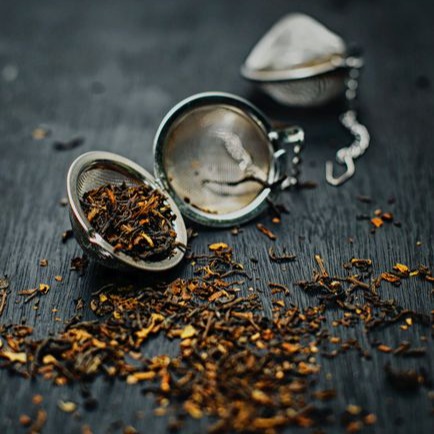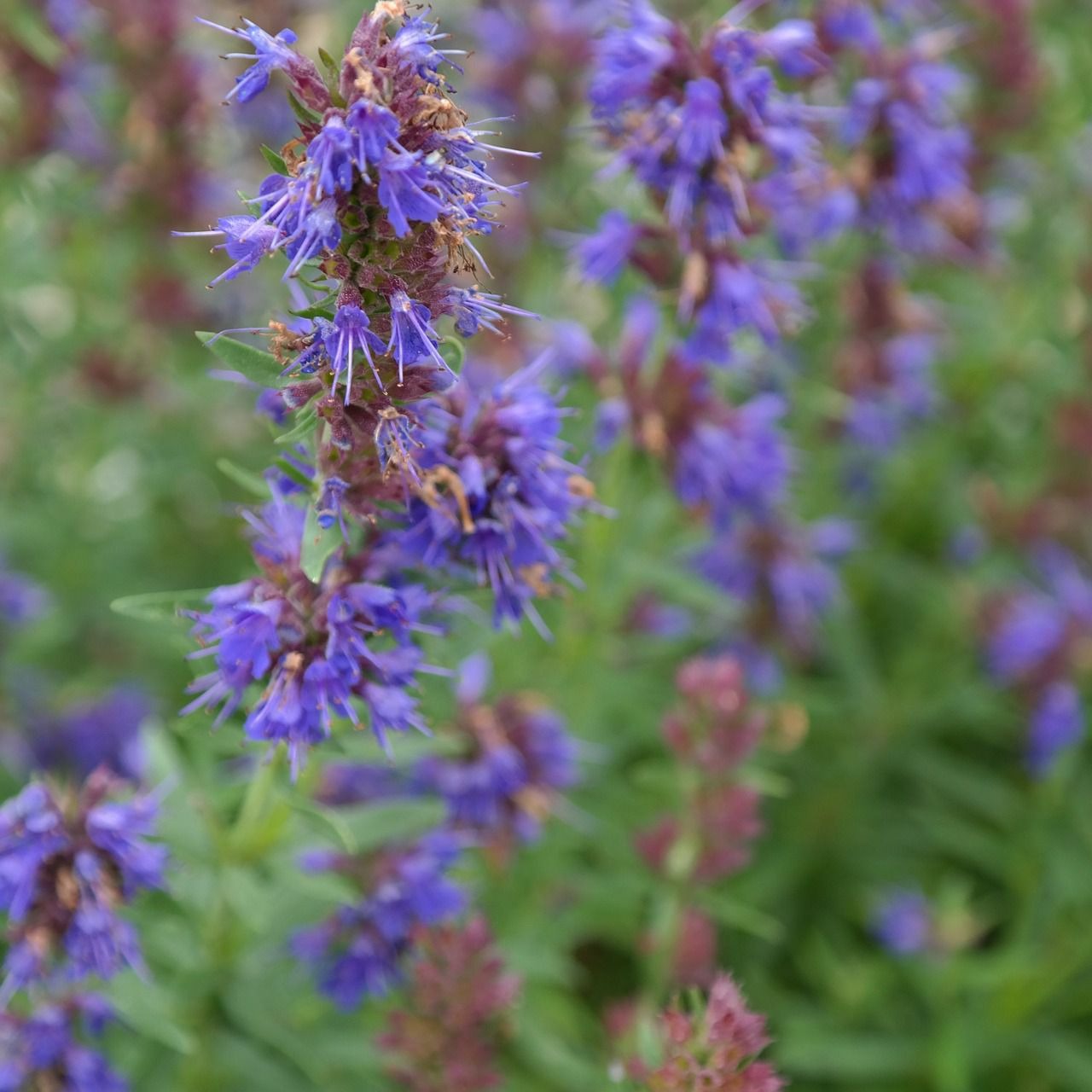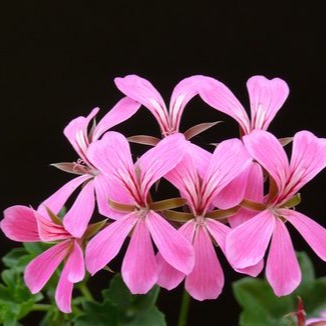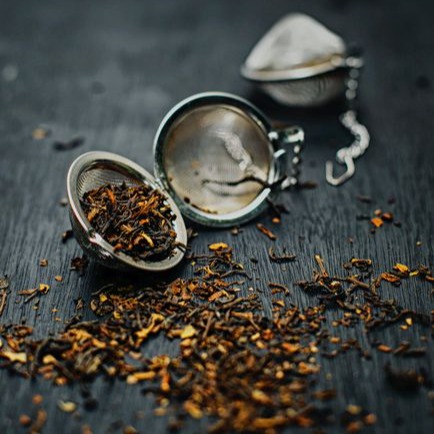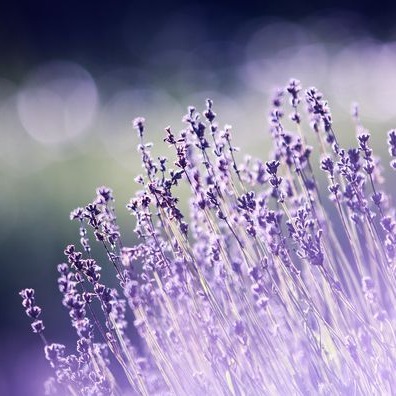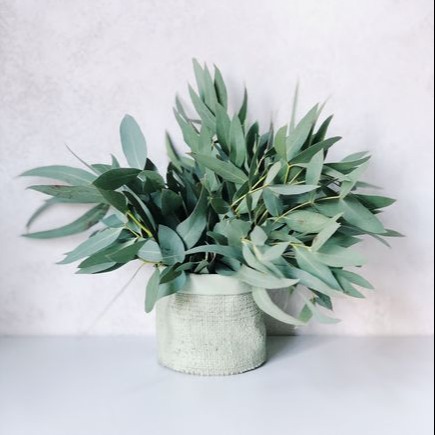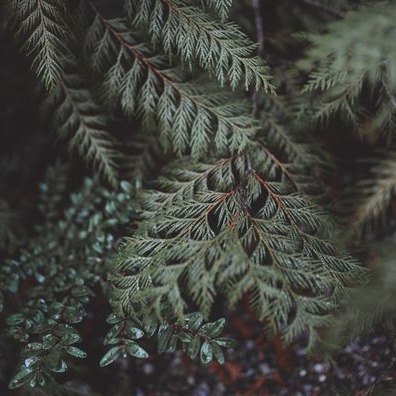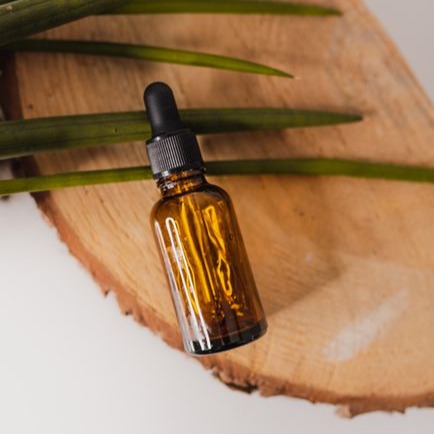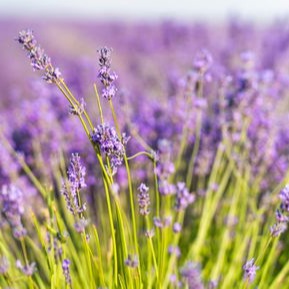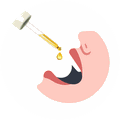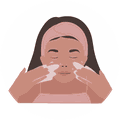Lice Essentials
Essential Oils by Santi-Shop
Santi-Shop's Easy Recipes
All the recipes of our essential oils have been elaborated by ournaturopath. All you have to do ismix the ingredients in abottle and enjoy the benefits of ouressential oils!
by the skin
For children
apply a single drop of each oil to the same areas, but only after
having TESTED the oils in the fold of the elbow.
Votre shampoing anti-poux !
How to Use Essential Oils ?
Precautions for use
Certain rules must be observed for safe use.
-
Always check the instructions before use!
-
The use of essential oils must be moderate and is always counted in drops, never in spoons. It is preferable not to exceed 3-4 days of use without medical advice.
-
During pregnancy and breastfeeding, it is recommended not to use essential oils without medical advice.
-
Do not administer essential oils to children without prior agreement of a doctor.
-
Do not use essential oils on people with allergies, asthma, hypersensitivity to essential oils and people with a history of epilepsy or convulsions. For the allergic ones, it is recommended to make a preliminary test before use.
-
Avoid contact with eyes, nose, ear canals and ano-genital areas.
-
In case of accidental absorption, contact the Poison Control Center directly. Never drink water!
-
Essential oils are not meant to be injected.
-
It is important to wash your hands after any skin application.
-
Essential oils are not water soluble. They do not dissolve in water. Be sure to dilute them first (in liquid soap, vegetable oil, cream).
-
Be sure to close the bottles tightly and keep them out of reach of children.
-
The shelf life of essential oils is generally 5 years, but some of them can be kept for less time.




